LED retrofitting is a game-changing solution for upgrading existing lighting systems, offering a perfect blend of energy efficiency and performance. This guide delves into why LED retrofits are an excellent choice for lighting upgrades and provides a step-by-step guide to successful LED retrofitting.
What is LED Retrofitting?
LED retrofitting is the process of replacing antiquated lighting technologies such as incandescent or fluorescent lights with modern, energy-efficient LED (Light Emitting Diode) lights. In the retrofitting process, components compatible with the existing fixtures and wiring are introduced, often involving the replacement of old bulbs with new ones.
Why Choose LED Retrofits?
LED retrofit solutions offer myriad benefits that make them an attractive proposition for both homeowners and businesses.
1. Energy Conservation
LED retrofit solutions are renowned for their energy efficiency. Compared to conventional lighting systems, LED lights consume significantly less energy, resulting in substantial energy savings and a reduced carbon footprint.
2. Longevity
LED lights boast an impressive lifespan, often outlasting traditional incandescent or fluorescent bulbs. This longevity translates into cost savings by minimizing the need for frequent bulb replacements.
3. Superior Lighting Quality
LED lights deliver a bright, clear light output that accurately represents colors. This makes them an excellent choice for various environments, including offices, retail spaces, and homes.
4. Customizability
LED lights offer the flexibility to adjust color temperature and brightness, allowing users to create the perfect lighting environment for any space.
Key Factors to Consider When Upgrading to LED Retrofits
There are several considerations to keep in mind when embarking on an LED retrofit project. These include:
1. Identify High Wattage Fixtures and Lamps
The first step to upgrading to LED lighting involves identifying fixtures and lamps in your space that consume a high amount of wattage. This helps pinpoint areas where significant energy-saving improvements can be made.
2. Consider All Types of LED Lamps and Fixtures
LED technology has evolved significantly over the years, offering a wide range of options to suit various lighting requirements. LED lamps come in different types to cater to both residential and commercial uses. These include bulbs, tubes, and downlights.
3. Create a Proper Baseline
Before installing new LED lights and controls, it's important to establish a baseline for your current lighting system. This allows you to understand the existing lighting conditions and accurately measure the improvements achieved through the LED retrofit.
4. Install New LED Lights & Controls
The next step involves installing the new LED lights and controls. This process includes choosing the right LED lights, installing them correctly, and testing them to ensure proper function.
Benefits of Upgrading to LED Retrofit Kits
By switching to LED retrofit kits, businesses can reap significant cost savings through rebates and incentives. These financial benefits help offset the initial expenses and maximize the return on investment in energy-efficient lighting.
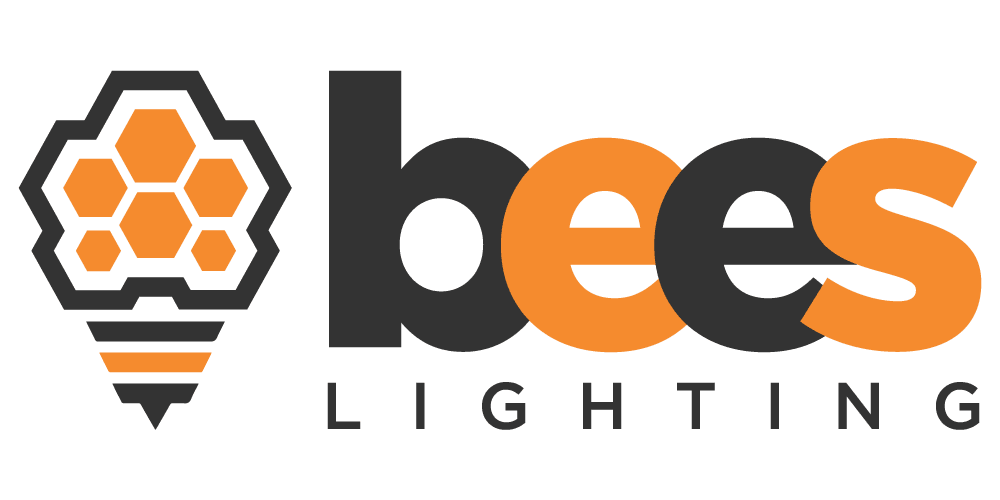

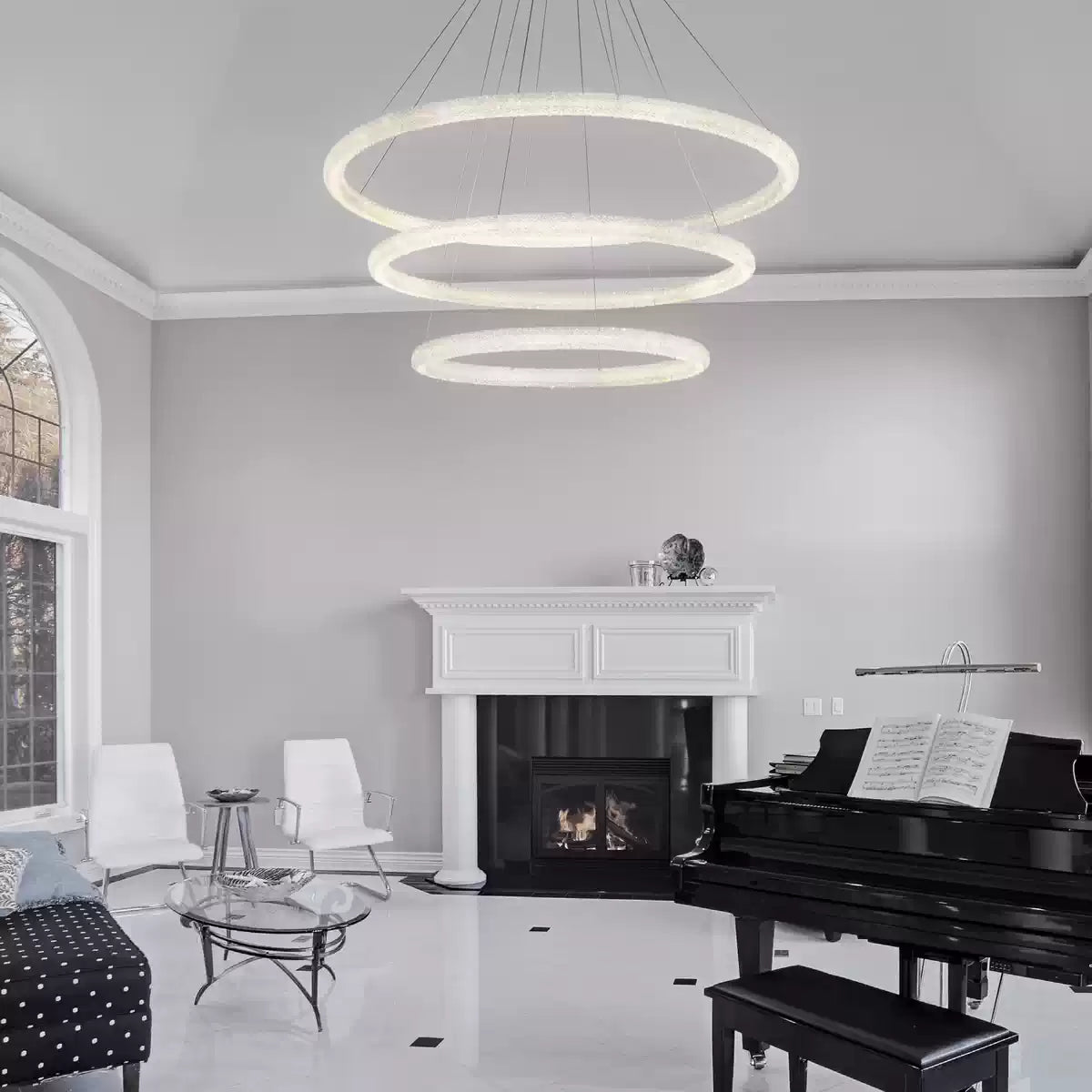
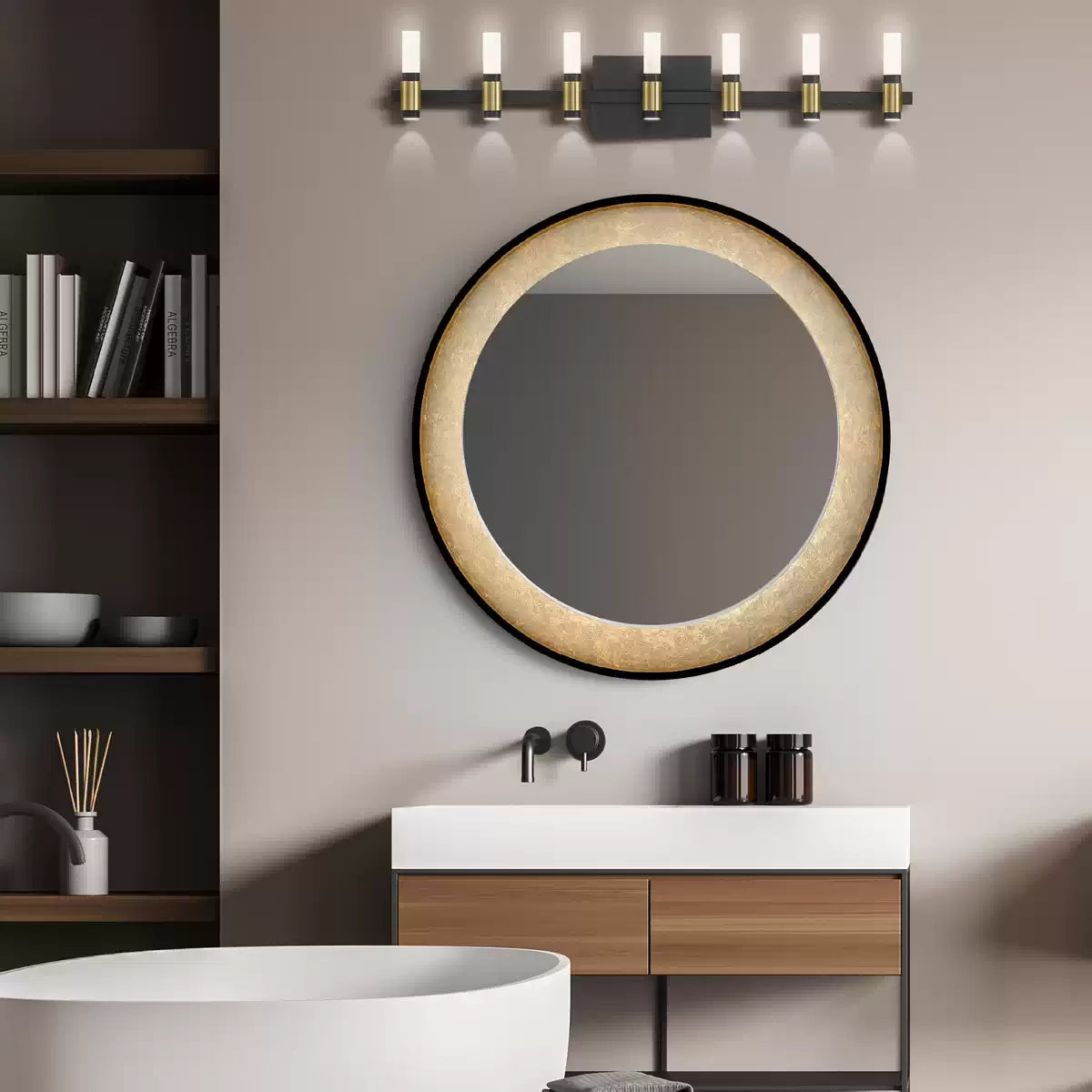
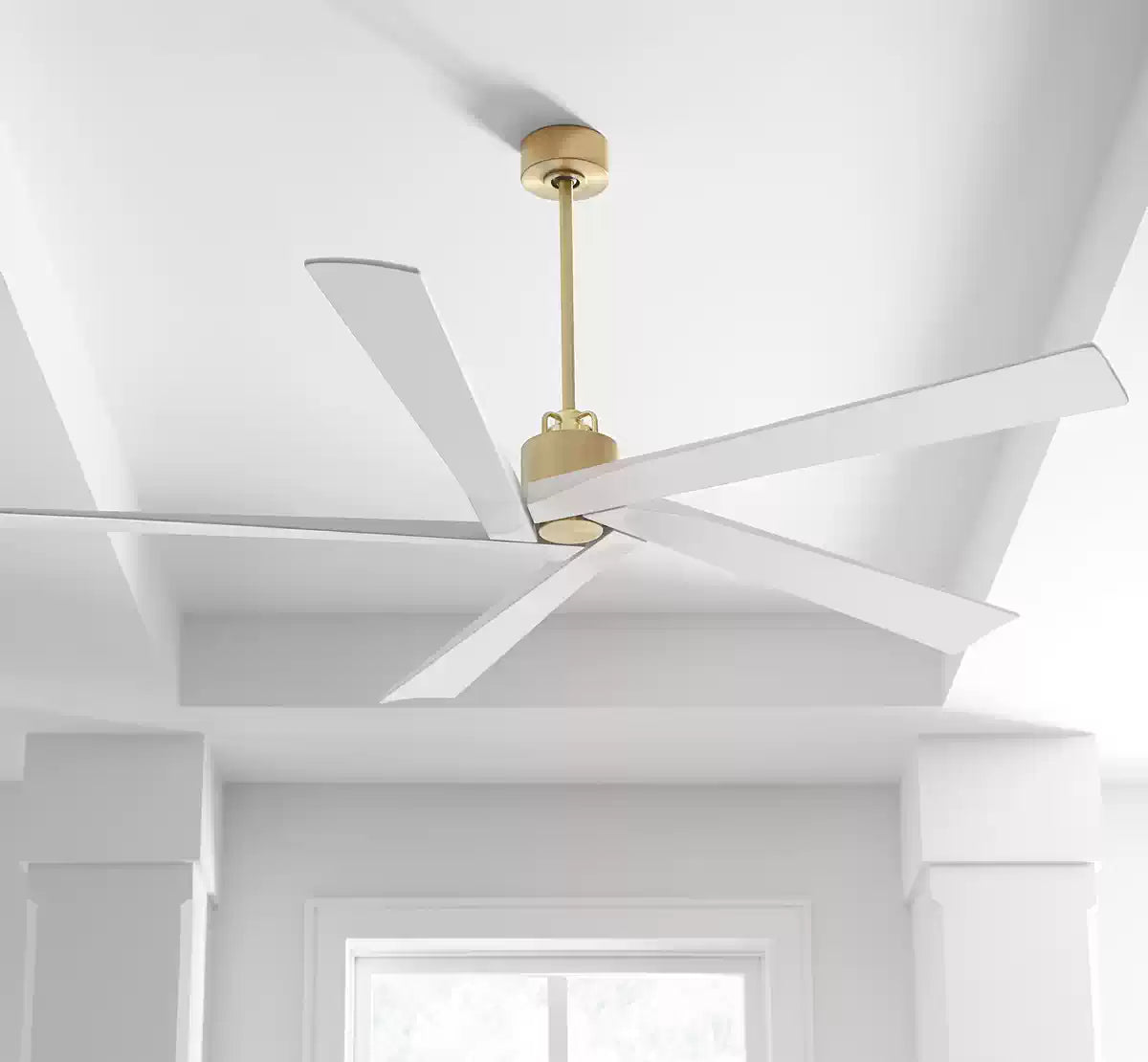
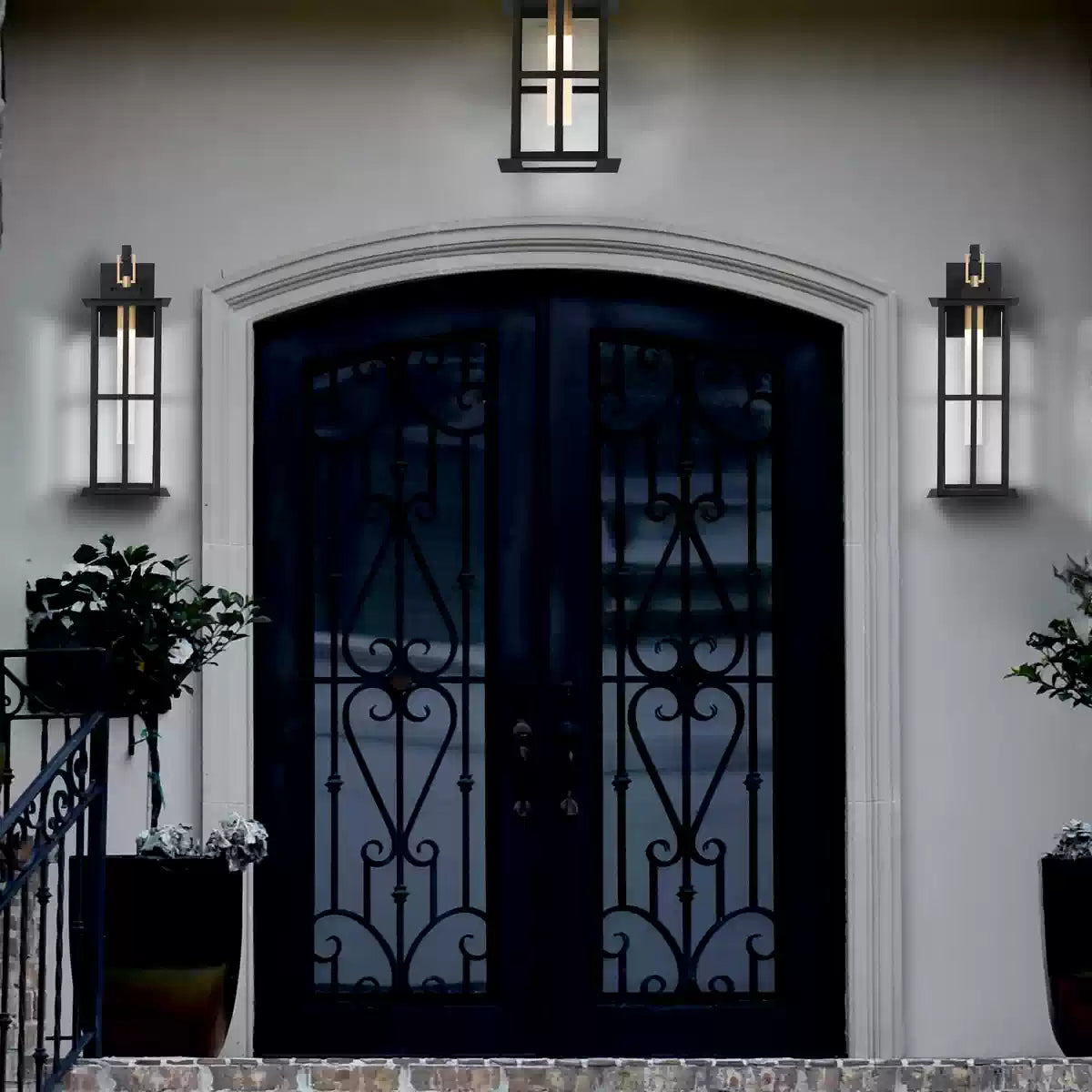
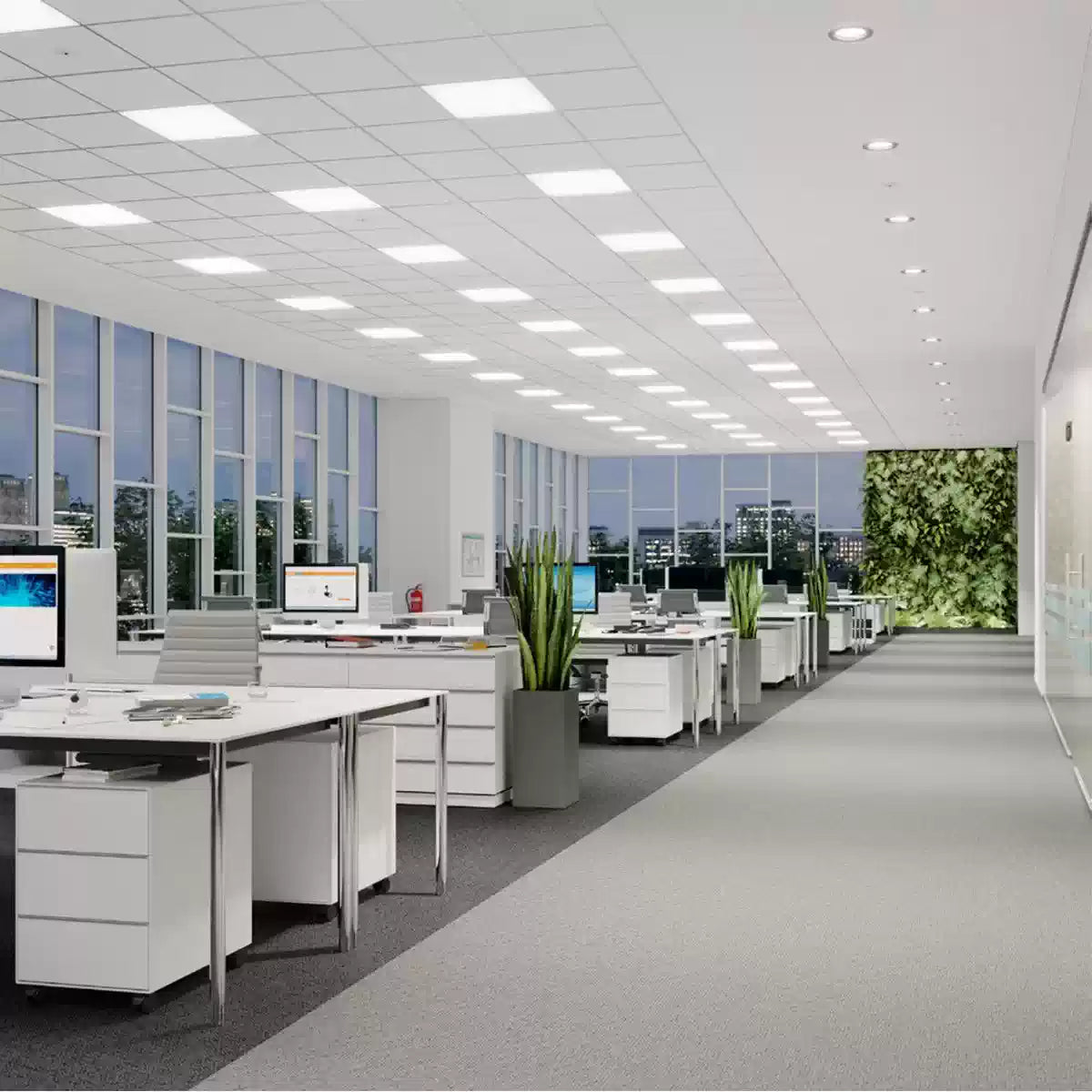
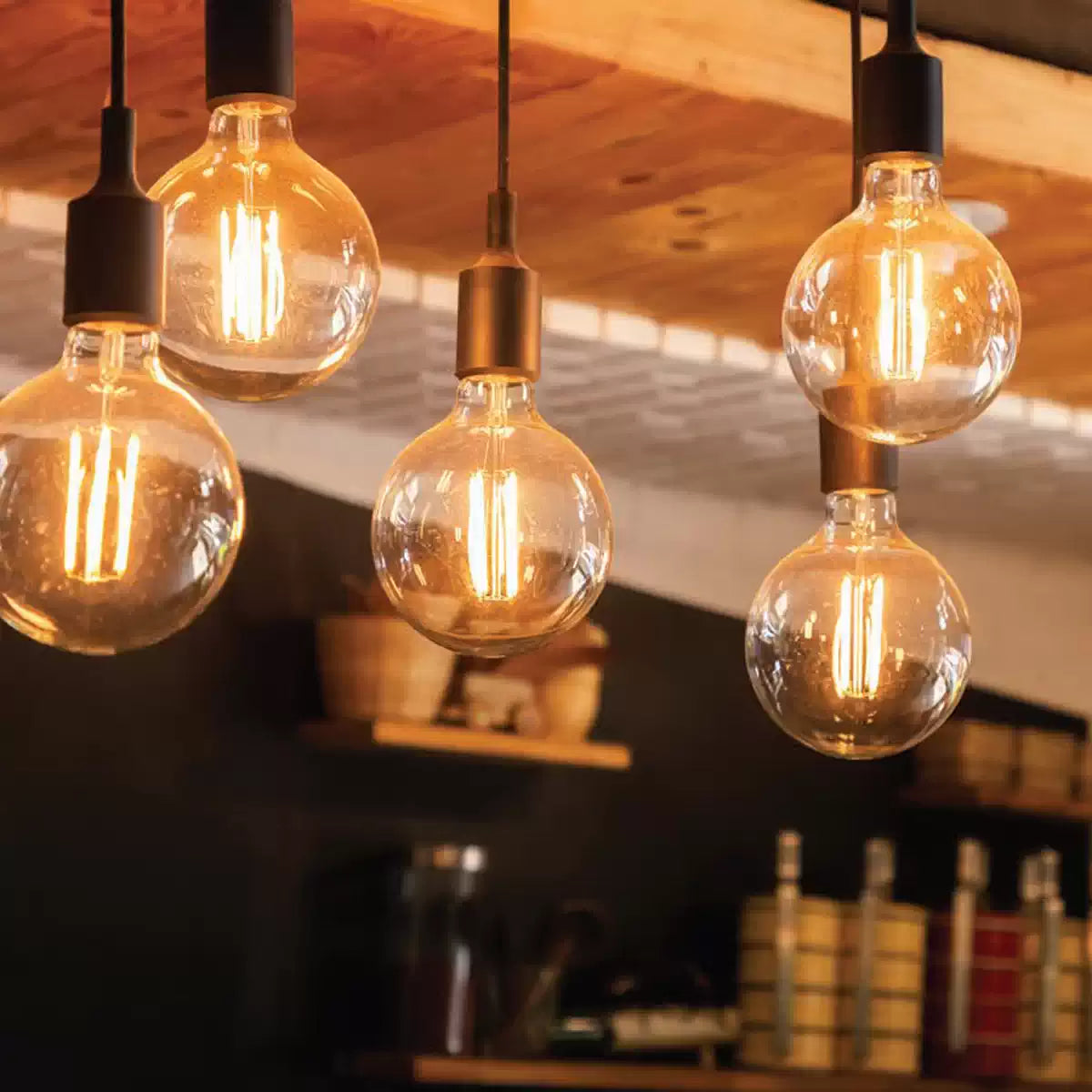


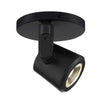





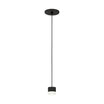
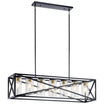


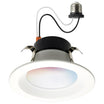



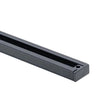
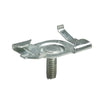


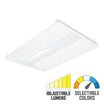
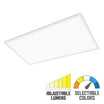
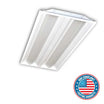







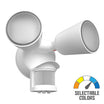


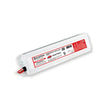
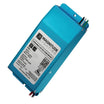
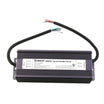

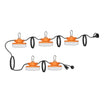

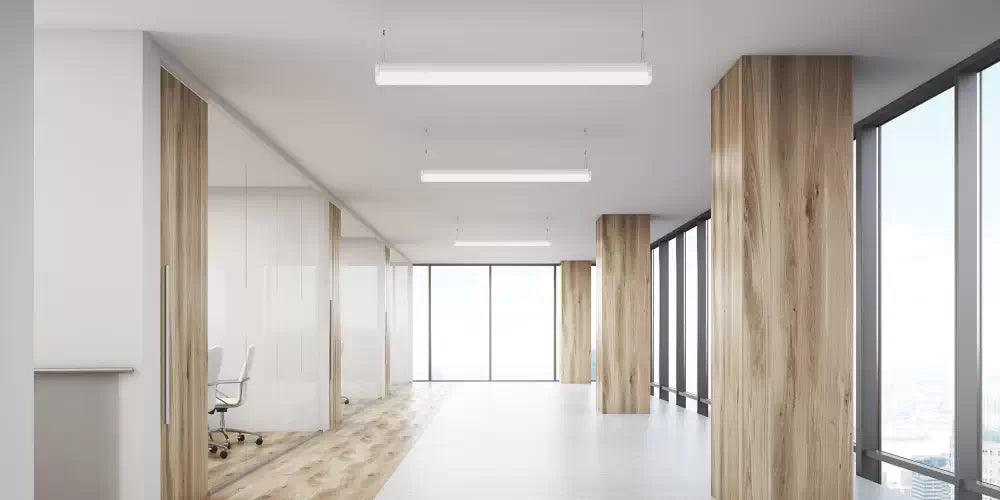
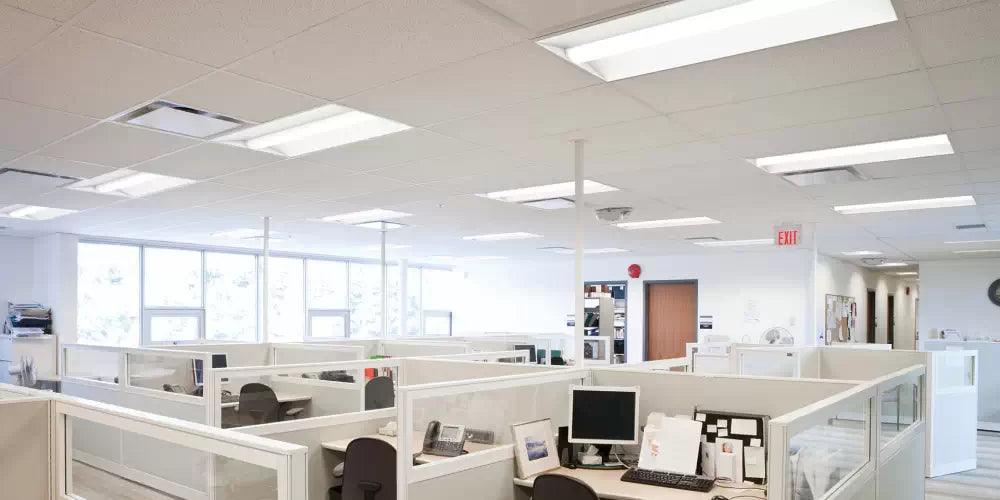

Leave a comment
All comments are moderated before being published.
This site is protected by hCaptcha and the hCaptcha Privacy Policy and Terms of Service apply.